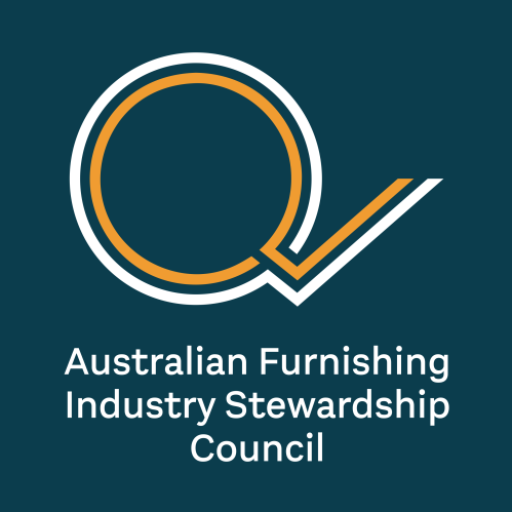As outlined in a recent Circle Economy article, 2025 marks a pivotal year for the circular economy in Europe. For the first time, a trio of sweeping regulations will enshrine circularity into law—shifting it from an aspirational concept to a legal obligation:
- The EU Circular Economy Act (under development)
- The Ecodesign for Sustainable Products Regulation (ESPR)
- The Corporate Sustainability Reporting Directive (CSRD)
These frameworks aim to transform how products are designed, produced, reported on and recovered. Circularity is no longer just an environmental goal—it’s becoming a compliance requirement, and one with major trade implications.
In contrast, Australia’s circularity rate remains at just 4%, below the global average of 7.2% and far behind the ambition being shown across the EU. If we want to remain globally competitive and resilient, we need to accelerate our transition from voluntary efforts to coordinated national action.
- Designing for Circularity: Transparency and Traceability
Under the ESPR, Digital Product Passports (DPPs) will be rolled out to high-impact sectors such as furniture, textiles and electronics. These passports will carry essential data on material inputs, sourcing, repairability, environmental impacts and end-of-life options. This embeds circularity at the product level.
Australia’s position:
The Furniture Passport Australia System (FPAS), being developed by the Australian Furnishing Industry Stewardship Council (AFISC), offers a strong framework aligned with circular economy principles. But without national coordination or regulatory support, systems like FPAS risk remaining underutilised and lacking the investment needed for widespread adoption. As global buyers and governments begin demanding greater supply chain transparency, DPP-style traceability will become a necessity, not a differentiator.
- Shared Responsibility: Strengthening EPR Frameworks
The EU Circular Economy Act is expected to significantly strengthen Extended Producer Responsibility (EPR). This ensures that producers are accountable for the entire lifecycle of their products, from design through to repair, reuse and recycling, while preserving material value and embedding end-of-life considerations at the design stage.
Australia’s position:
EPR in Australia remains fragmented and largely sector specific. While progress has been made in packaging and e-waste, industries like furniture, textiles and batteries continue to operate without comprehensive recovery obligations. As a result, opportunities and improved processes are being missed.
Through AFISC and aligned efforts by the Australian Furniture Association (AFA), the groundwork is being laid for more comprehensive furniture stewardship. But national policy support is needed to expand EPR models and create a level playing field across sectors.
- Circular Business Models: From Ownership to Access
The EU is not just regulating materials. It is rethinking how products are used. Product-as-a-Service (PaaS) models, where goods are leased or subscribed to rather than sold, are gaining policy support across Europe. These models incentivise durability, repair and reuse, and keep valuable materials in circulation.
Australia’s position:
Despite strong alignment with circular economy goals, PaaS models remain the exception rather than the rule. The AFA’s Commercial Furniture Design for the Circular Economy report outlines the potential for service-based procurement in commercial and institutional settings, but implementation remains limited.
Unlocking this potential requires procurement reform, financing models for circular assets and support for businesses willing to shift from traditional ownership models to service-based offerings.
So, Is Australia Falling Behind?
In short, yes, but not irreversibly.
Australia has the tools, talent and vision to build a circular economy that works. Initiatives like FPAS, emerging stewardship models and circular procurement guides are moving the dial. But without clear national targets, legislative frameworks and alignment across states and territories, these efforts risk being isolated rather than transformative.
As the EU shows, circularity can no longer be left to market forces alone. It requires leadership, policy and coordination. If we want to remain competitive on the world stage and build a more resilient, low-waste future at home, we must move beyond pilot programs and adopt a whole-of-economy approach.
Global alignment is also accelerating. The International Organization for Standardization (ISO) has released the ISO 59000 series, providing vocabulary, principles and guidance for implementing circular economy strategies. As the EU regulates and ISO standardises, Australia must ensure our frameworks and industries are interoperable—or risk being left behind in global trade and innovation.
The circular economy is now regulated. If Australia wants to stay in the game, we will need to act like it.
For more information about certification benefits and how to become an AFA or AFISC Member contact the Australian Furniture Association at membership@theafa.asn.au or the Australian Furnishing Industry Stewardship Council at care@afisc.eco

